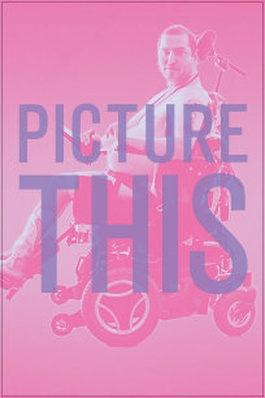Dis/Abilities & Queerness
Response to ‘Picture This’

In 30 minutes, the short film ‘Picture This’ by Jari Osborne successfully brings the intersection of queer and disabled into public discourse and invokes a necessary introspection in the viewer: what are your actions and attitudes towards disability and sexualities? Without any knowledge of or experience with disabled bodies, it has been easy for me to neglect to think of disabled bodies as sexual bodies. Andrew Gurza, the star of ‘Picture This,’ made me recognize that I belong(ed) to a community of able-bodied people who inadvertently, yet systematically oppress disabled bodies by contributing to their sexual invisibility. As Gurza notes in the film, these able-bodied oppressors are not (always) acting with the intention of inciting harm, rather the oppression is a product of their own discomfort with sex and disability. After some introspection, I am still unsure whether I have been viewing disabled bodies as asexual bodies because of my socialization and because of the cultural norms which place disabled bodies as “the Other,” or if I have been ignorant as to avoid something different, difficult, or uncomfortable. Either way, ‘Picture This’ has taken me out of my oblivion. Through the film I learned about the often complicated intersection of queer and disabled. Gurza notes in the film:
Coming out and saying “I’m queer” was easy. Saying “I’m also queer and disabled” was extremely hard. Convincing people that I am sexually viable, especially in my case, where when all the men have been socialized to see the able-bodied, good looking, muscular, white male ready to fuck.”
Despite the heavy/uncomfortable/whatever content of the film, Osborne, especially through Gurza, presents her message in an inspiring and illuminating way: disabled bodies are sexual bodies, and if individuals with disabilities are not uncomfortable with their sexualities, why should able-bodied peoples be?
Click here to access Andrew Gurza’s podcast ‘Disability After Dark’